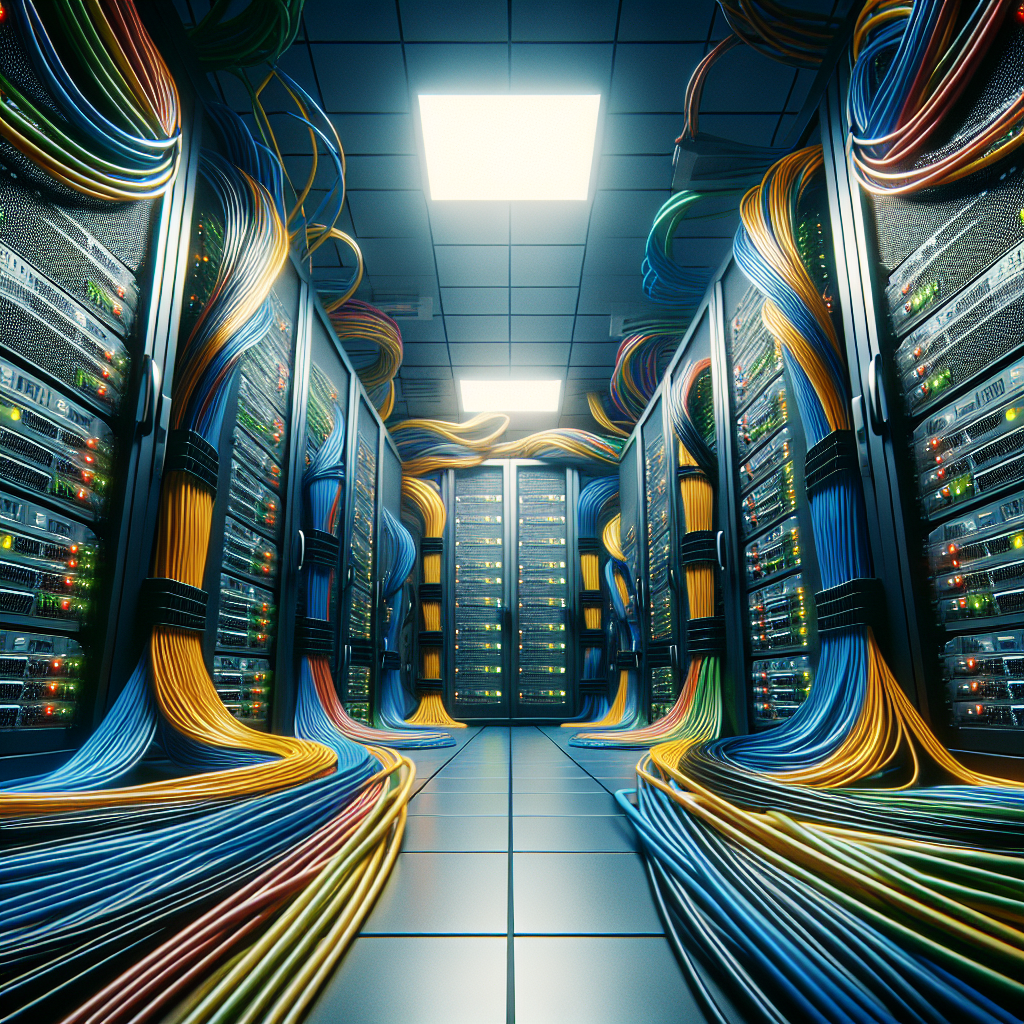Your cart is currently empty!
Ensuring Data Center Security Through Proper Cabling

Data centers are the backbone of modern businesses, housing critical information and infrastructure that keeps operations running smoothly. With the increasing reliance on data and technology, it is more important than ever to ensure that data centers are secure and protected from potential threats. One often overlooked aspect of data center security is the cabling infrastructure.
Proper cabling is essential for maintaining the integrity and security of a data center. Cables are the lifeline of any data center, carrying crucial data and information between servers, switches, routers, and other network devices. Without a robust cabling system, data centers are vulnerable to security breaches, downtime, and performance issues.
So, how can data center operators ensure the security of their cabling infrastructure? Here are some best practices to follow:
1. Implement a structured cabling system: A structured cabling system organizes and standardizes the cabling infrastructure, making it easier to manage and maintain. By following industry best practices and standards, such as TIA-942 or ISO/IEC 11801, data center operators can ensure that their cabling system is properly designed and installed.
2. Use high-quality cables and connectors: Investing in high-quality cables and connectors is crucial for ensuring the reliability and security of a data center. Cheap or inferior cables can lead to data loss, signal interference, and other performance issues. By using quality cables and connectors from reputable manufacturers, data center operators can minimize the risk of security breaches and downtime.
3. Secure physical access to cabling: Data center operators should restrict physical access to cabling infrastructure to authorized personnel only. This includes implementing access control measures, such as biometric scanners, keycard systems, and security cameras, to prevent unauthorized individuals from tampering with cables or compromising the security of the data center.
4. Label and document cables: Properly labeling and documenting cables is essential for identifying and troubleshooting issues quickly. Data center operators should maintain accurate records of cable types, lengths, connections, and locations to streamline maintenance and prevent errors during installations or upgrades.
5. Regularly inspect and maintain cables: Data center operators should conduct regular inspections and maintenance of cabling infrastructure to ensure that cables are in good condition and functioning properly. This includes checking for signs of wear and tear, loose connections, and cable damage, and addressing any issues promptly to prevent security vulnerabilities.
In conclusion, ensuring data center security through proper cabling is a critical aspect of maintaining the integrity and reliability of a data center. By following best practices, using high-quality materials, securing physical access, labeling and documenting cables, and conducting regular maintenance, data center operators can minimize the risk of security breaches and ensure the smooth operation of their facilities. Investing in a secure and robust cabling infrastructure is essential for protecting valuable data and maintaining the trust of customers and stakeholders.

Leave a Reply